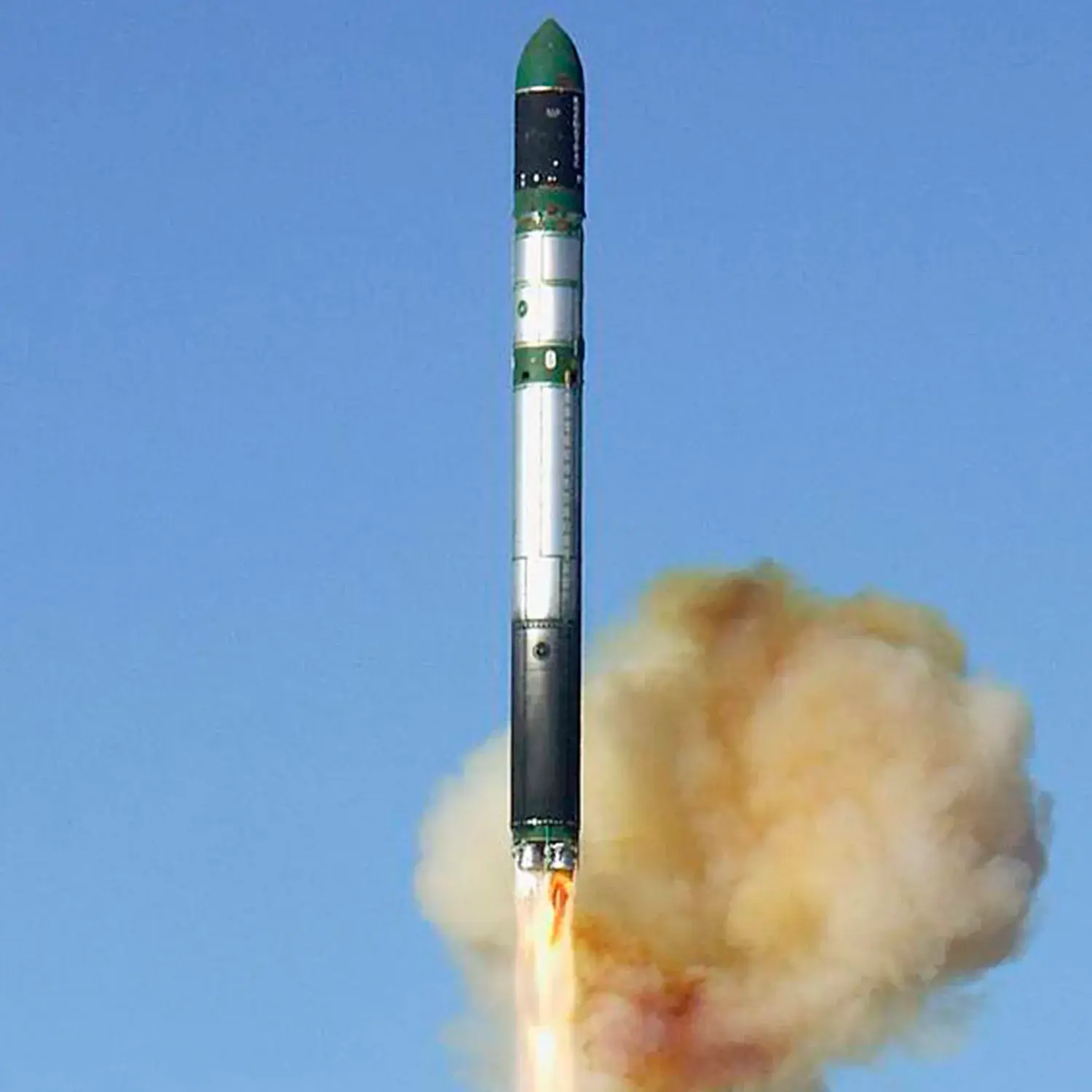BelKa 1 & Others
Launch Failure
Liftoff Time (GMT)
19:43:05
Wednesday July 26, 2006
Mission Details
Launch Notes
A problem occurred during the flight of the first stage, causing the launch to fail.
BelKa 1
BelKA is built on the basis of a UKP platform, initially developed for Yamal telecommunications satellites. The 140kg payload is provided by the Belarusian firm Peleng. It allows to take photographs with a resolution of 2,5m in panchromatic mode, or 10m in multispectral mode. The data transmission with the ground is done with a data rate of 245 to 300Mbps. The BelKA satellite has a total launch mass of 750kg. It had to evolve on a circular orbit at an altitude of 506km and inclined at 97.6°. The project cost Belarus 230 million rubles.
Low Earth Orbit
1 Payload
750 kilograms
PicPot
The PiCPoT satellite has a mass of 2,5kg. It is built by the Polytechnic Institute of Turin, Italy. It was to test high-resolution digital cameras.
Low Earth Orbit
1 Payload
3 kilograms
Baumanets 1
Baoumaniets had a mass of 86kg, the shape of a 72cm cube and a lifespan of less than a year. It had to be placed on an orbit 486km x 510km x 97.43°. The radio links with the ground were to be ensured by the instrument DOKA-21, which operates in the radio amateur spectrum. On the other hand, the satellite payload was composed of several scientific and educational instruments. One of them was a camera with a resolution of 50m, for a field width of 175km. It worked in the 450-900nm spectrum and its mass was less than 6kg. It was equipped with a real-time transmitter of less than 5kg which consumed less than 70W. It operated at the frequency of 8.192MHz with a data rate of 15.36Mbps. Taking into account the orbit and the availability of the receiving stations, the daily transmission time was reduced to approximately 5 minutes. Baoumaniets also carried the MGTU-175 experiment, which was supposed to demonstrate the feasibility of a direct transmission between the satellite and a receiver located at the university itself. Another experiment aimed to determine the attenuation coefficient of radio waves as a function of signal inclination and atmospheric conditions. An instrument, consisting of differently oriented reflectors, was to study the Earth's gravitational field, pioneer new techniques for studying the atmosphere and determine the orientation of the satellite.
Low Earth Orbit
1 Payload
86 kilograms
UniSat 4
UniSat (University Satellite) are a series of small satellites developed at the Scuola di Ingegneria Aerospaziale by the Gruppo di Astrodinamica dell'Università degli Studi “La Sapienza University of Rome” to perform technology experiments and to check the use of non space rated equipment in space. The UNISAT program has been the first university program in Italy intended for promoting the use of commercial technologies in the aerospace field, performing in-orbit tests of up-to-date technologies, with short development times and with a remarkable cost reduction.
Low Earth Orbit
1 Payload
12 kilograms
ICECube 1 & 2
The ICECube (Ionospheric sCintilation Experiment Cubesat) Project was Cornell's version of the Stanford University's Cubesat program in conjunction with California Polytechnic State University. The goal of CubeSat was to provide an effective framework for the design, construction and launch of picosatellites by students at Cornell, Stanford, Cal Poly and other institutions. Once completed, the CubeSats will deliver small payloads into Earth orbit and perhaps fly in formation. ICECube had a mission profile of this type with two satellites flying near each other.
Low Earth Orbit
2 Payloads
2 kilograms
CP 1 & 2
CP-1 and -2 were to test new sensors and study heat dissipation in orbit, respectively. They are built by the Polytechnic University of California.
Low Earth Orbit
2 Payloads
2 kilograms
HAUSAT 1
HAUSAT-1 was to study satellite positioning using GPS. It is built by Hankuk Aviation University in Hankuk, South Korea.
Low Earth Orbit
1 Payload
1 kilograms
AeroCube 1
The AeroCube cubesats are 1 kg nanosatellites for technical research. They are built and operated by the Aerospace Corporation.
Low Earth Orbit
1 Payload
1 kilograms
Others
There were 8 others CubeSats: - ION : ION had to study the oxygen emissions in the mesosphere by means of a photometer, and also to observe the behavior of several technologies intended to equip future spacecraft. It is built by the University of Illinois. - KUTESat-Pathfinder : KUTESat-Pathfinder, built by the University of Kansas, was to study radiation. - Mea Huaka'i : Mea Huaka'i is built by the University of Hawaii. It was to test antennas. - MEROPE : MEROPE, built by the University of Montana, was to map Van Allen's belts. - nCUBE-1 : nCUBE-1 is built by a consortium of Norwegian universities. The aim is to train students to carry out a large project. - Rincon 1 : RINCON needed to test a new way of signal transmission, both analog and digital. It is built by the University of Arizona. - SACRED : SACRED, built by the University of Arizona, was to study the effect of radiation on electronic components. - SEEDS : SEEDS, built by Nihon University in Japan, was to study the stabilization of a satellite in orbit.
Low Earth Orbit
8 Payloads
8 kilograms
Launch Site
Stats
Dnepr
7th
Mission
2nd
Mission of 2006
2006
33rd
Orbital launch attempt

